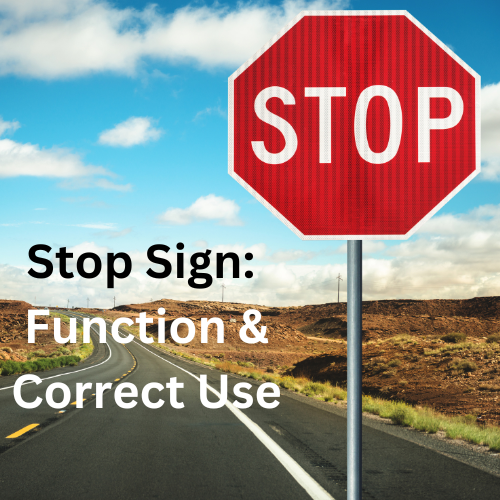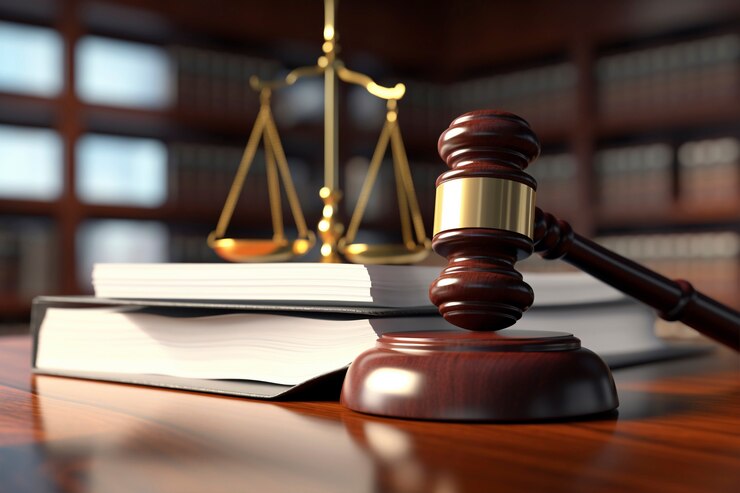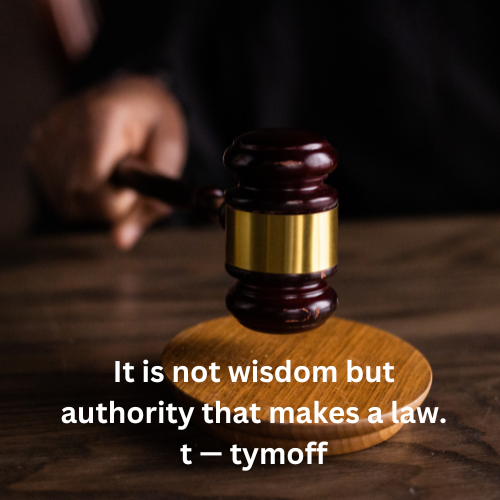Stop sign is a fundamental traffic control devices used worldwide to manage traffic flow and ensure safety on the roads. In this blog, we will explore the function of stop signs, their correct usage, and their importance in traffic management.
What is a Stop Sign?
A stop sign is a regulatory sign that instructs drivers to come to a complete halt at an intersection or crossing. Its octagonal shape and red color make it easily recognizable, even from a distance. The primary purpose of a stop sign is to assign right-of-way to drivers and pedestrians at intersections, thereby preventing accidents and promoting orderly traffic flow.
Function of Stop Sign
Stop signs serve several critical functions in traffic control:
- Enhancing Safety: By requiring drivers to stop and assess the situation at an intersection, stop signs significantly reduce the likelihood of collisions.
- Regulating Traffic Flow: Stop signs help manage traffic by dictating when vehicles must stop and yield the right-of-way to others.
- Protecting Pedestrians: In areas with high pedestrian traffic, stop signs ensure that drivers halt, giving pedestrians a safe opportunity to cross the road.
- Reducing Speed: Stop signs inherently slow down traffic in residential areas and school zones, enhancing safety for residents and children.
Correct Use of Stop Signs
To maximize their effectiveness, it is essential to use stop signs correctly. Here are some guidelines:
- Placement: Stop signs should be placed at intersections where the visibility is limited, traffic volumes are high, or the risk of accidents is significant. They should not be used as speed control devices on long stretches of road.
- Visibility: Ensure that stop signs are clearly visible to approaching drivers. They should not be obstructed by trees, buildings, or other objects. Reflective materials or illumination should be used to enhance visibility at night.
- Consistent Application: Uniformity in the use of stop signs helps drivers develop predictable driving habits. Inconsistent or arbitrary placement can confuse drivers and reduce the effectiveness of stop signs.
- Maintenance: Regular maintenance is crucial to keep stop signs visible and legible. Faded, damaged, or graffiti-covered signs should be promptly replaced.
How to Respond to a Stop Sign
For drivers, responding correctly to a stop signs is straightforward but crucial:
- Complete Stop: Always come to a complete stop at the stop line, crosswalk, or before entering the intersection. Rolling stops can be dangerous and are often illegal.
- Look Both Ways: After stopping, look left, right, and then left again to check for oncoming traffic and pedestrians. Be aware of any vehicles that might not stop at their sign.
- Proceed When Safe: Only proceed through the intersection when it is safe to do so. Yield the right-of-way to any vehicles or pedestrians that have arrived before you.
Conclusion
Stop signs are vital traffic control devices that enhance road safety, manage traffic flow, and protect pedestrians. Proper placement, visibility, and maintenance of stop signs are essential for their effectiveness. As drivers, understanding and adhering to the rules associated with stop signs can significantly reduce accidents and ensure a safer driving environment for everyone.
By recognizing the importance and correct use of stop signs, we can contribute to more orderly and safer roads. Always remember: a stop sign is not just a suggestion; it is a critical regulation that helps save lives.





Thanks for sharing. I read many of your blog posts, cool, your blog is very good.
Can you be more specific about the content of your article? After reading it, I still have some doubts. Hope you can help me.
Can you be more specific about the content of your article? After reading it, I still have some doubts. Hope you can help me.
Can you be more specific about the content of your article? After reading it, I still have some doubts. Hope you can help me.
Can you be more specific about the content of your article? After reading it, I still have some doubts. Hope you can help me.
Thanks for sharing. I read many of your blog posts, cool, your blog is very good.
Thanks for sharing. I read many of your blog posts, cool, your blog is very good.
Can you be more specific about the content of your article? After reading it, I still have some doubts. Hope you can help me. https://accounts.binance.com/en-IN/register?ref=UM6SMJM3
Your article helped me a lot, is there any more related content? Thanks!
Your point of view caught my eye and was very interesting. Thanks. I have a question for you.
Your point of view caught my eye and was very interesting. Thanks. I have a question for you.
Can you be more specific about the content of your article? After reading it, I still have some doubts. Hope you can help me.
Your point of view caught my eye and was very interesting. Thanks. I have a question for you.
Your article helped me a lot, is there any more related content? Thanks!
Your article helped me a lot, is there any more related content? Thanks!
Your article helped me a lot, is there any more related content? Thanks!
I don’t think the title of your article matches the content lol. Just kidding, mainly because I had some doubts after reading the article.
I don’t think the title of your article matches the content lol. Just kidding, mainly because I had some doubts after reading the article.
I don’t think the title of your article matches the content lol. Just kidding, mainly because I had some doubts after reading the article.